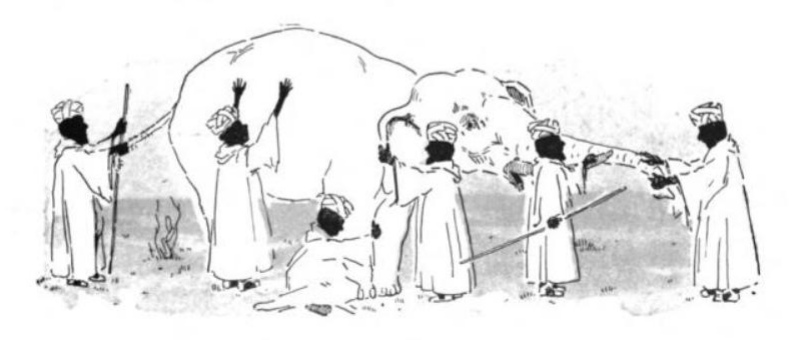
“Thomas Merton and the Dalai Lama, 1968. . .”
Thomas Merton was a Roman Catholic monk. In his later years he found parallels between his orthodox Catholicism and those exotic Eastern religions that became all the rage back in the 1970s. Near the end of his life – he died in 1968 – Merton traveled to India and Tibet and at one point interviewed the Dalai Lama, as shown above.
Merton also met with Chatral Rimpoche, “a Dzogchen master and a reclusive yogi known for his great realization and strict discipline.” (See Chatral Rinpoche – Wikipedia, the free encyclopedia.) Merton interviewed Rimpoche on the subject of meditation, and how difficult it was to reach the “perfect emptiness” that is one main goal of Eastern meditation:
“He said he had meditated in solitude for thirty years or more and had not attained to perfect emptiness and I said I hadn’t either.”
That brings up what might be called the ongoing Christian meditation, as it is practiced by most denominations. One version begins each Sunday service with this summary:
Thou shalt love the Lord thy God with all thy heart, and with all thy soul, and with all thy mind. This is the first and great commandment. And the second is like unto it: Thou shalt love thy neighbor as thyself.
(See the Book of Common Prayer – “BCP” – at page 824, referred to in an earlier post as a “Cliff’s Note summary” of the entire Bible by Jesus. See On “what a drag it is. . .”.)
But not too much later in this standard mainstream Sunday service, parishioners “confess their sins” by admitting candidly, “We have not loved thee with our whole heart; we have not loved our neighbors as ourselves.” (See the BCP at page 331, emphasis added.)
So what’s the point?
The point is this: both orthodox Christians and Eastern meditators like Chatral Rimpoche and Dalai Lama are – in their spiritual discipline – literally trying to do the impossible.
Both are trying to do what can’t be done, either meditating “perfectly” or loving God and all humanity with all your heart and soul and mind. But to make a long story short, in practicing such spiritual discipline you tend to become both a better person and closer to that “oneness” with The Force That Created The Universe that is the goal of true spirituality, as Jesus prayed:
I pray they will be one, Father, just as you are in me and I am in you. I pray that they also will be in us, so that the world will believe that you sent me. I’ve given them the glory that you gave me so that they can be one just as we are one. I’m in them and you are in me so that they will be made perfectly one. Then the world will know that you sent me and that you have loved them just as you loved me.
See John 17:21-23, emphasis added. (And before you get all huffy, Mr. or Ms. Orthodox Christian, I’m not saying all religions are equal. But see the notes below.)
There’s another point. One biographer said Merton was helped in his spiritual quest by both Christian mysticism and his “wide knowledge of Oriental religions.” As noted, Merton became fascinated with Zen Buddhism and Zen writer D. T. Suzuki. He studied Taoism, “regular” Buddhism and Hinduism. But dallying in these exotic disciplines didn’t weaken Merton’s Catholicism; if anything, they strengthened his faith. As the biographer wrote:
[B]y approaching the spiritual quest at unexpected angles, they opened up new ways of thought and new ways of experiencing that invigorated and released him. . .
Which leads to my theory: The Bible is for liberating the human spirit, not shackling it.

The upper image is courtesy of Thomas Merton in Pictures, which included the caption quoted.
The lower image is courtesy of the Thomas Merton Center website; http://merton.org/App_Master/home/2b.jpg. “The Thomas Merton Center [at Bellarmine University in Louisville KY] is the official repository of Merton’s artistic estate, which includes over thirteen hundred photographs and nine hundred drawings in addition to his writing. The Center archives more than fifty thousand Merton-related materials. See also Thomas Merton Center (Pittsburgh) – Wikipedia, the free …, “a non-profit grassroots organization in Pittsburgh whose mission is to educate, raise awareness and to ask the moral questions that surround issues of social justice, poverty, workers’ rights, racial discrimination, environmental and economic justice, peace and nonviolence.”
Sounds like a pretty radical guy. . .
As to “the real Good News.” The term Gospel is from “the Old English gōd-spell . . . meaning ‘good news’ or ‘glad tidings.’ The word comes from the Greek euangelion.” See Gospel – Wikipedia, the free encyclopedia. Unfortunately these days that Good News seems to have been transmogrified into bad news, as in “How can we get political power so as to control other people?” (That seems to be the perception anyway. See e.g. Why are Christians so negative and judgemental? – RZIM Europe, Do Christians spend too much time being negative? – Christian …, and 5 Negative Effects of Complaining for Christians – Patrick’s ….)
Merton’s conversations about meditation and/or his interviews with Eastern “masters” were related in Monica Furlong’s Merton A Biography, Harper and Row, 1980, at pages “xx” and 324-26.
Finally, not all Roman Catholics are enamored of Merton’s spiritual explorations. See for example, Can You Trust Thomas Merton? | Catholic Answers, which said that Merton was controversial and that some of his ideas were dangerous, then asked: “where do his ideas become suspect? Does he stray from Catholic orthodoxy?”
Which raises a good question: If Jesus was “orthodox,” why aren’t we all still Jewish?
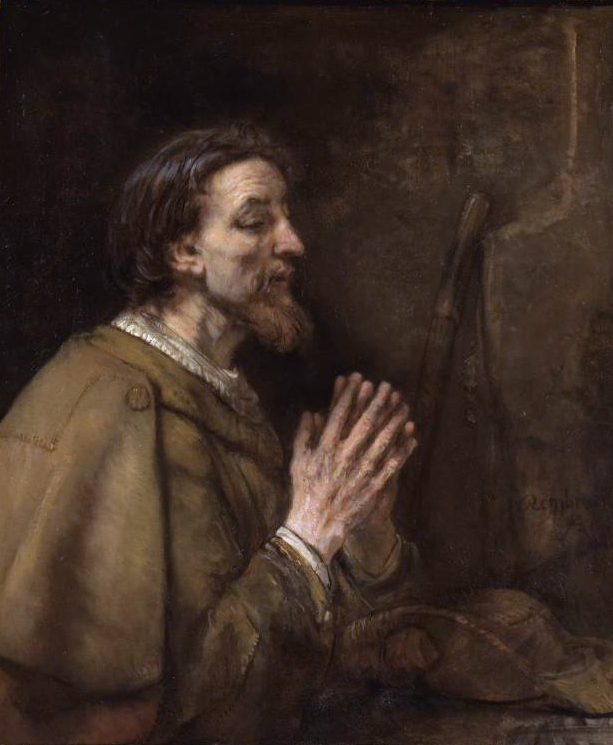


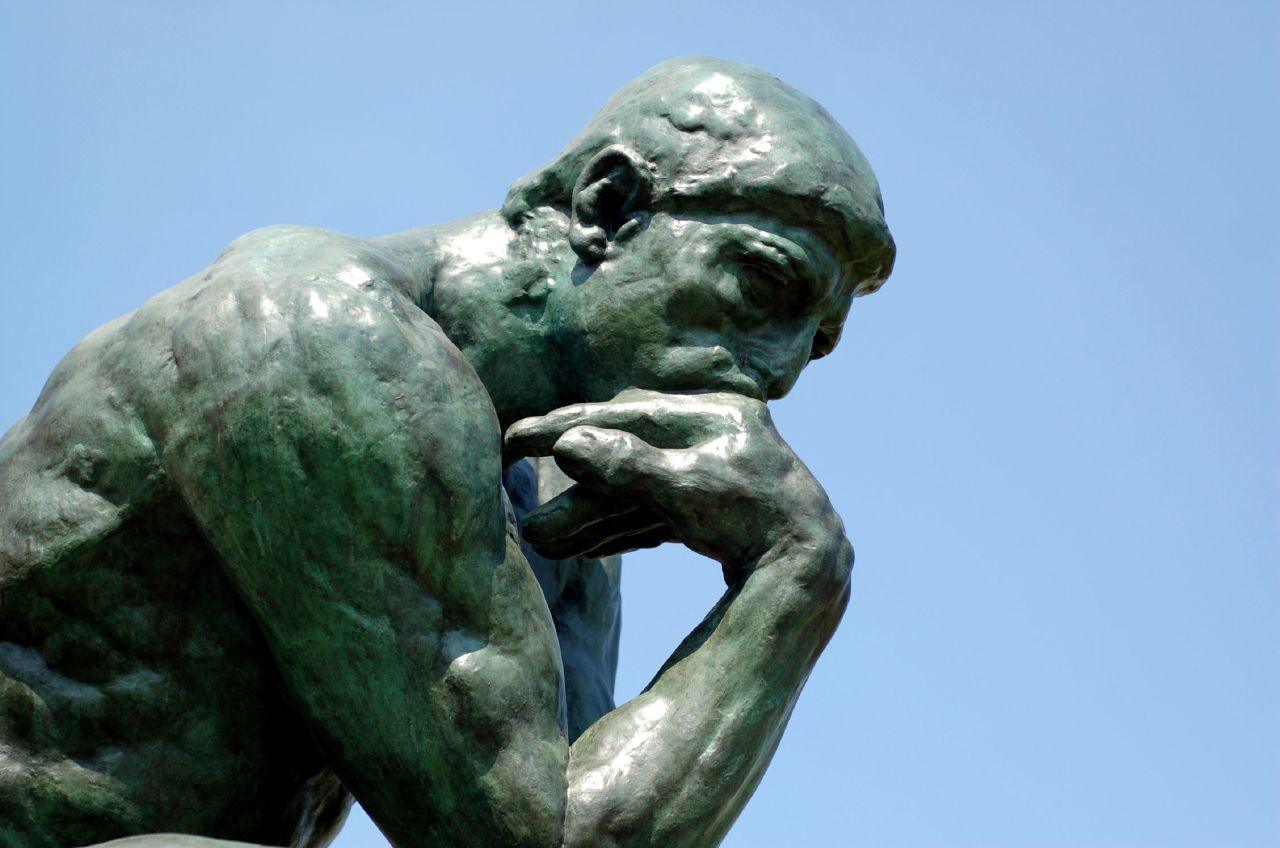


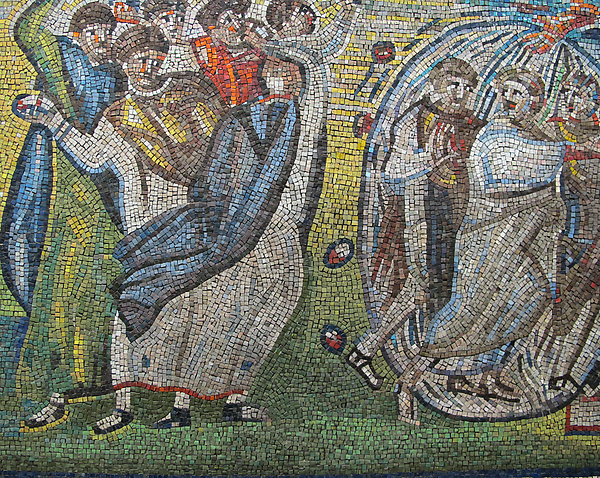 In other words, Moses had to write very carefully. In the first place, he had to make sure his primary audience of soon-to-be desert cut-throats would listen to him. Second, he had to insure they wouldn’t turn and stone him for
In other words, Moses had to write very carefully. In the first place, he had to make sure his primary audience of soon-to-be desert cut-throats would listen to him. Second, he had to insure they wouldn’t turn and stone him for 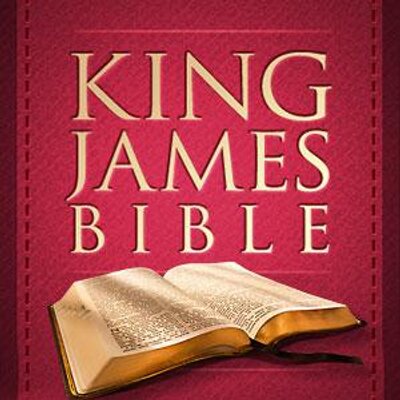 Note first that the “through a glass, darkly” phrase is from the
Note first that the “through a glass, darkly” phrase is from the 